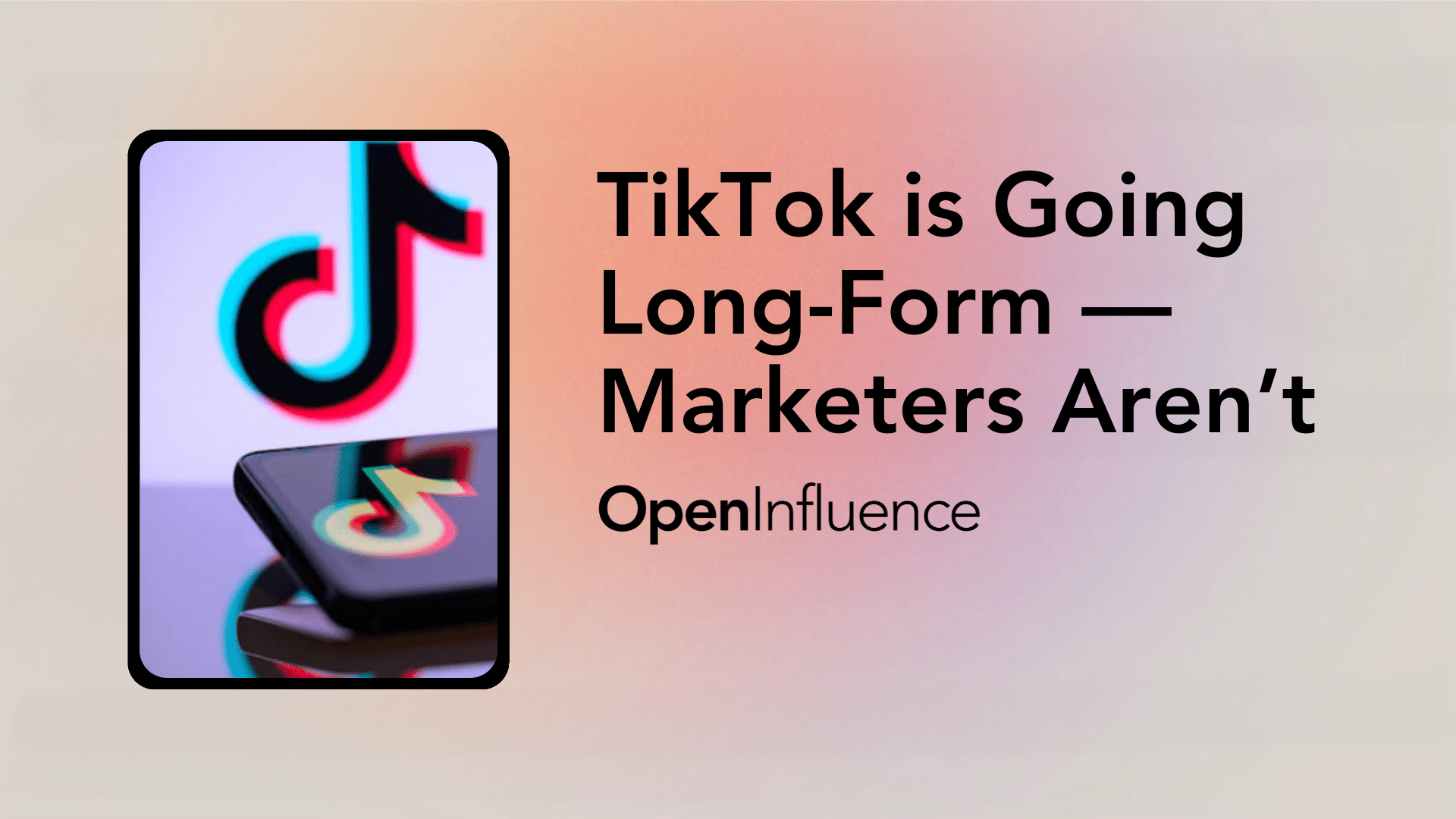TikTok threw more weight behind long-form content when it announced on Tuesday that its revised creator fund — which pays creators for making videos more than one minute long — is coming out of beta in the coming weeks.
The new program, which is being named the Creator Rewards Program, calculates creator payouts based on an “optimized rewards formula focused on…originality, play duration, search value and audience engagement.”
It has been in beta since February 2023 and replaced TikTok’s original $1 billion Creator Fund, which was shut down in December 2022 after it was criticized by creators. TikTok claims the new program increased creator revenue by 250% in the past six months.
TikTok rose to fame with advertisers and users in 2018 thanks to its seemingly endless stream of viral 15-second clips, but has been encouraging users to post longer videos in the past few years to compete with YouTube. TikTok caps videos at 10 minutes long.
Since rolling out longer videos in 2022, TikTok claims users spend half of their time on the platform watching content more than one-minute long. Viewership of long-form videos has increased by almost 40% over the past six months, TikTok stated in its announcement on Tuesday.
However, creator marketers told Campaign US and PRWeek that despite the platform’s efforts to make videos longer, brands are almost exclusively interested in short-form content, meaning creators will have to make different kinds of videos for brand and platform payouts.
Creators also continue to invest in short-form videos to pursue more viral moments, since shorter content tends to perform better on TikTok.
Marketers also shared how they decide when to post content on TikTok or YouTube.
Jen Thorsheim, senior account manager at Open Influence
As a result of TikTok’s push into long-form video, creators who have become accustomed to quick, engaging videos may be struggling to retain user attention, leading to lower viewer retention, completion rates and engagement metrics. Because of this, long-form content should have key brand or product messaging up front before viewers drop off. Branded content should be under 30 seconds.
When it comes to deciding between TikTok vs. YouTube, it’s not necessarily difficult but nuanced. Creators should:
- Prioritize TikTok when tapping trends because the algorithm favors evergreen and cycling content.
- Consider brand KPIs — if engagement is a high priority, gear content towards TikTok, as YouTube is more focused on content consumption and views rather than interaction with the platform.
- Consider target audiences: There is a younger demographic on TikTok compared to YouTube. You can likely reach a broader audience on YouTube depending on the creator.
Read full article here.

